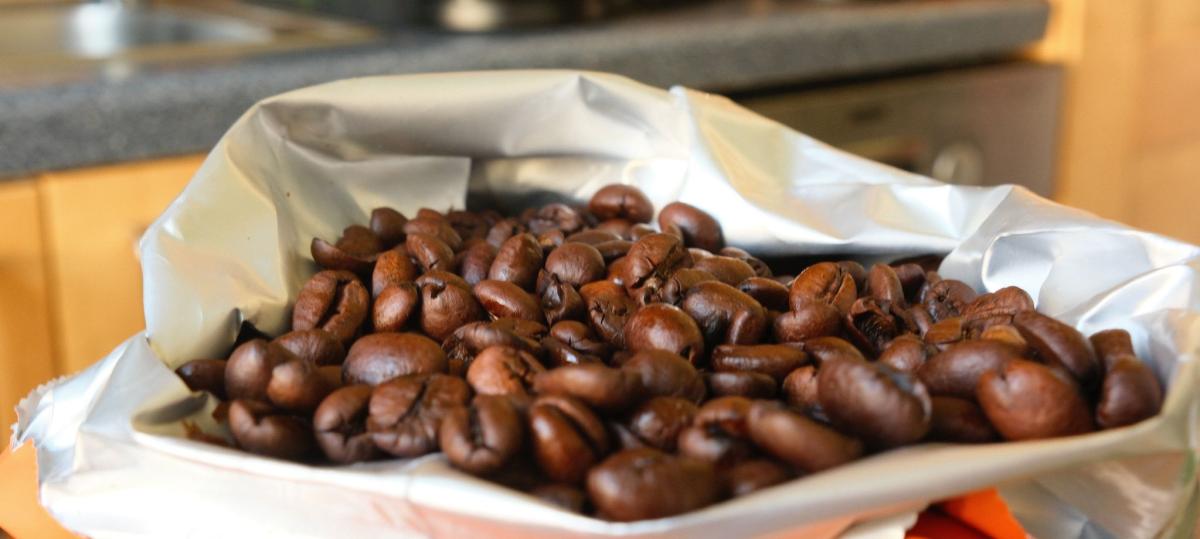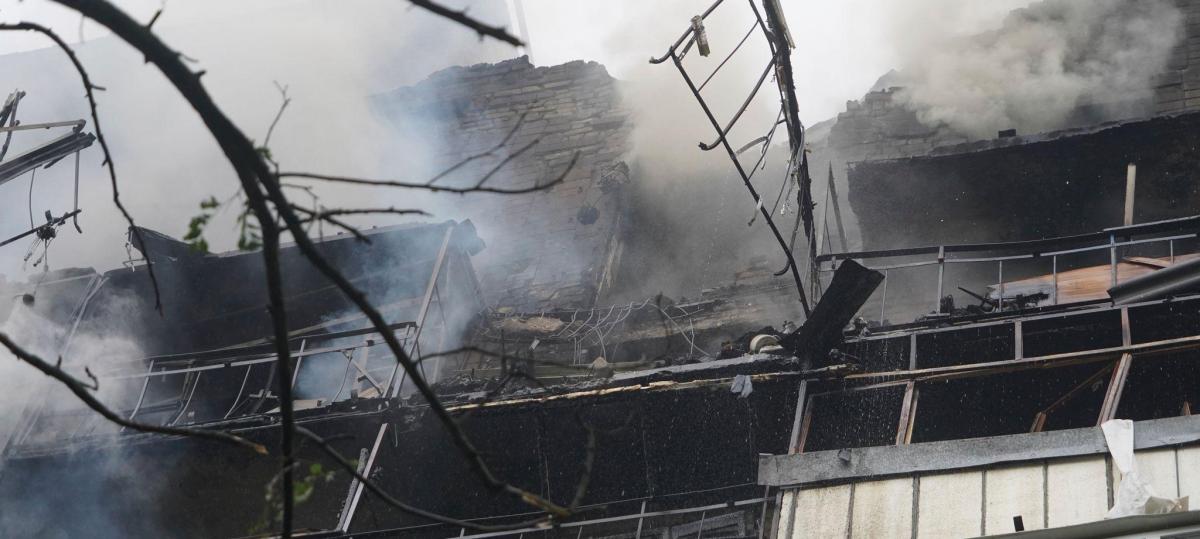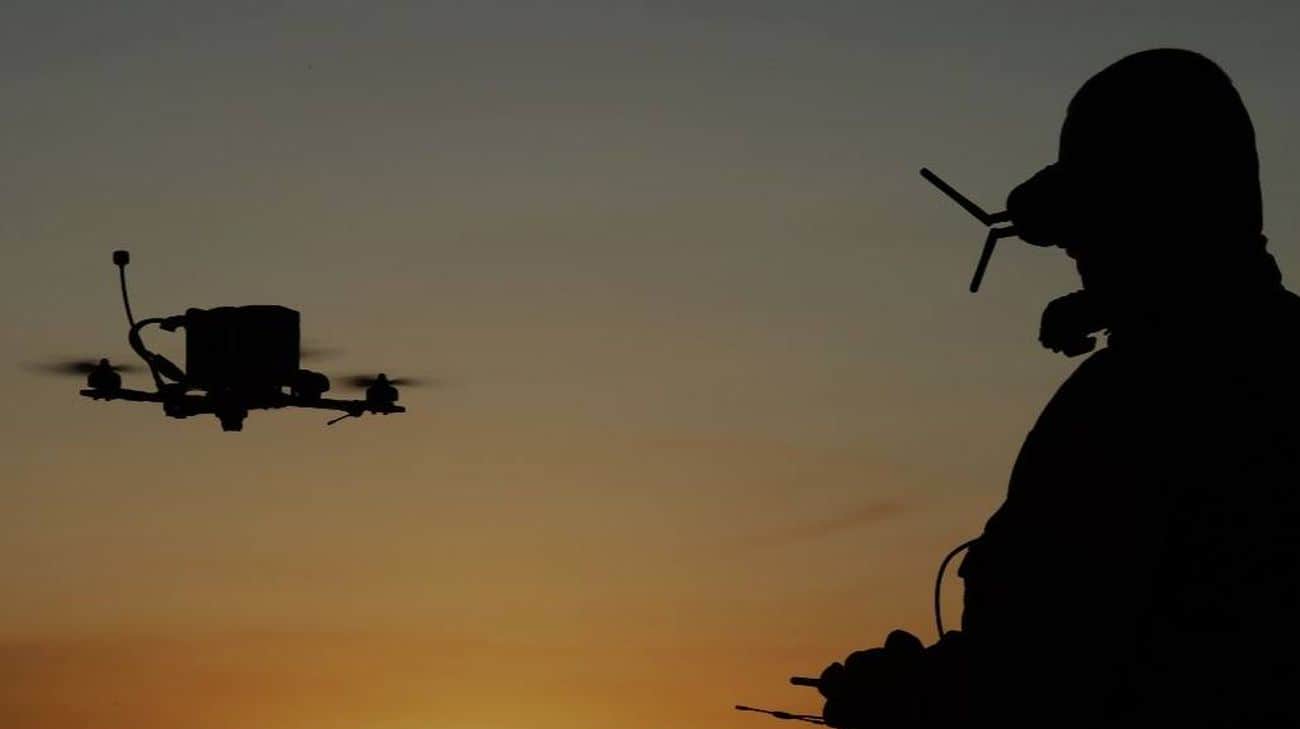Why we could soon try new varieties

18 euros for a kilo of espresso beans, six euros for a pound-ground discounter coffee: the favorite drink of the Germans is becoming increasingly expensive. In April, prices increased by 12.2 percent compared to the same month last year. This means that the price increase is well above the inflation of 2.1 percent. Everyone drinks four cups of coffee on average here, a total of 164 liters a year. However, a representative survey shows that a quarter of the Germans already drink less coffee due to the high prices.
« We have been watching significantly increasing raw coffee prices for two years, » says Karina Schneider, spokeswoman for the coffee department at Tchibo. But last autumn this development gained dynamics again. Because at that time the price for coffee on the world market rose by 70 percent. These increases are now feeling customers. And the raw prices go up. « Even our raw coffee buyers with decades of experience report on an unprecedented situation, » says Schneider.
Bad harvests make the coffee more expensive
The bad harvests are the central reason for the price increase. Especially in Brazil, the most important coffee growing country, extreme weather conditions such as drought and forest fires have added coffee plants. And not only in the last, but already in the past five years, says Schneider. The cause leads them back to climate change. In the so -called “coffee belt” around the equator, extreme weather events have always occurred in recent years that make harvest difficult.
Because the coffee plant is very sensitive. The Arabica bean, which is popular for espresso roaster,, for example, it is best to thrive at temperatures between 18 and 22 degrees Celsius. As the name suggests, the type of coffee is more robust, but it only thrives on a certain level of rain. The coffee in Germany consists of 99 percent of these two species. A study by the Zurich University of Applied Sciences assumes that due to the increasing greenhouse gas emissions, the suitable acreage for Arabica coffee could halve by 2050.
The coffee industry is researching new cultivation types and coffee types
This is not just a problem for customers who do not want to do without the guard. Economic livelihoods worldwide depend on cultivation, harvesting and selling coffee. That is why other cultivation methods and resilient coffee types are already being tested.
This also applies to the start-up « Hycoffee », which specializes in cultivation and trading with alternative coffees. « We look at the coffee cultivation from the lens of climate silence, » explains co-founder Timothy Charlton. The idea came up with the idea a few years ago at a lecture on the many unknown types of coffee in the archive of the London botanical garden. Both recognized the potential of reducing the dependencies of the farmers on sensitive species such as Arabica coffee by growing old coffee.
In 2021, the two scientists founded their coffee start-up together with co-founder Charlotte Schmidt. This year they want to import and sell larger quantities of coffee to Germany for the first time. It is the Art Cofea Liberica, which is more drought than other species and, thanks to its other harvest cycle for coffee farmers, is an additional source of income. « With our company we focus on making alternative coffee types marketable, » says Charlton. Nevertheless, he emphasizes the need for further research in the coffee sector.
Climate change is not the only factor that makes coffee expensive
The World Coffee Research research group was founded by the coffee industry, which includes Tchibo, among others. The organization is researching coffee types that are more resistant to dryness, overgrading, extreme heat or cold. « We are optimistic that we can try out a larger number of new species in the next few years, » says Tchibo spokeswoman Schneider, even if she restricts that this does not yet ensure the mass suitability of the products.
The difficult conditions through climate change only partially explain the price increase in German supermarkets. Because coffee consumption and demand are increasing worldwide. For example, because in countries such as China or India in which traditionally tea was drunk, a lot of coffee is now also being drunk. In addition, explains Tchibo spokeswoman Schneider, the costs have also increased, especially for transport and energy.







